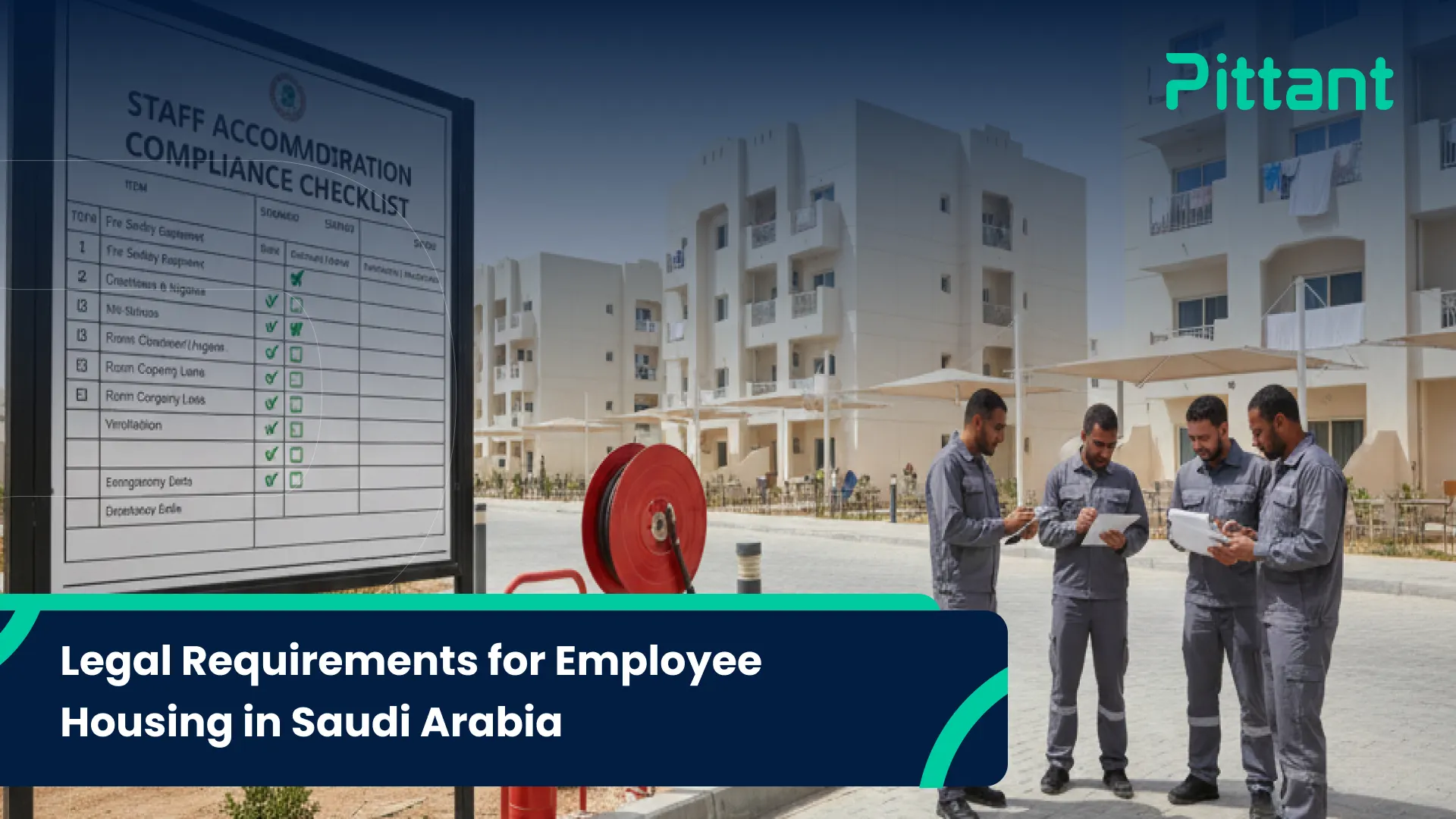Job performance evaluation is a systematic process of evaluating an employee’s job performance and productivity. It further processes measuring and documenting an employee’s accomplishments. The skills, abilities, and behavior are also monitored. This occurs in relation to pre-established performance standards and organizational goals. The purpose of performance appraisal is to provide feedback and identify areas for improvement. They recognize, reward high performers, and support career development.
What is job performance evaluation?
Performance Appraisal is a regular review of an employee’s job performance and overall contribution to the company. This is done by assessing the employee’s skills, progress, cognitive and career growth. It is also known as “annual review,” “performance review or appraisal,” or “employee appraisal.”
Performance appraisal is also known as performance review. It is a systematic process that estimates an employee’s job performance. It proceeds with providing feedback on their strengths and areas for improvement. In short, the overall contribution to the organization is being noted. The main objectives of performance appraisal are to encourage employee performance and facilitate career development. This aligns individual’s performance with organizational objectives.
Objectives of job performance evaluation
Companies estimate the performance of employee to award them performance appraisals. This displays job standard and to justify pay increases and bonuses. Along with this, this assists in the decision of employment termination decisions. Performance appraisal can be done at any time but companies tend to be annual, semi-annual or quarterly.
Based on performances, companies allocate bonuses with the limited amount of money. It provides a way for companies to identify employees who have contributed significantly to the company’s growth, so companies can reward their highest-performing employees accordingly.
Performance evaluations also help both employees and their managers develop a plan to develop employee performance through additional training and increased responsibilities, in addition to identifying deficiencies that the employee can work to solve.
Types of job performance evaluation:
Most performance evaluations are top-down, meaning supervisors rate their employees without any employee input. But there are other types:
- Peer evaluation: Individuals evaluate their coworkers.
- The complete evaluation, or what is known as a 360-degree evaluation: includes input from the employee, his supervisor, and his co-workers.
- Negotiated Appraisal: A new trend, which attempts to mitigate the competitive nature of performance appraisal. This is done by allowing the employee to speak first and express his opinion and his subordinates. This evaluation also focuses on what the person is doing right before offering any criticism. This type tends to be useful during conflicts between subordinates and supervisors.
It is important for organizations to choose the most appropriate performance appraisal method(s). It must be based on their specific needs and organizational culture. The process should be fair and provide employees with valuable feedback to improve their development. It contributes to organizational success.
Benefits of job performance evaluation:
Performance evaluation is considered an investment for the company because of its advantages, including:
1- Promotions:
Performance appraisal helps supervisors establish various promotion programs for competent employees. On the other hand, incompetent workers can be fired or demoted.
2- Incentives:
Performance appraisal helps in setting incentive packages for employees. The merit of employees can be rated through performance appraisal. Compensation and incentive packages that include bonuses, higher pay rates, fringe benefits, and prerequisites are all based on performance appraisal and not seniority.
3- Employee development:
A systematic procedure for performance appraisal helps supervisors develop training policies and programmes. It helps to analyze the strengths and weaknesses of employees so that new jobs can be designed for competent employees. It also helps in identifying future development programmes.
4- Verifying the correctness of employee selection:
Performance evaluation helps supervisors understand the validity and importance of the selection procedure. By using tools like staff evaluation software, supervisors can better assess the effectiveness of these procedures. The software provides detailed insights that help recognize the validity of the selection process, highlighting both its strengths and weaknesses.
With the data gathered through staff evaluation software, supervisors can identify areas for improvement and make informed decisions about future changes in employee selection methods. This ensures a more efficient and fair selection process, aligning with organizational goals and enhancing overall workforce quality.
5- Communication:
For an organization, effective communication between employees and employers is very important. Through performance appraisal, communication can be enhanced in the following ways:
1 – Through performance evaluation, employers can understand and accept the skills of subordinates.
2- Subordinates can also understand and create trust in superiors.
3 – It also helps in maintaining a friendly and harmonious labor-management relationship.
4- Develops work spirit and enhances employee morale.
6- Motivation:
Performance appraisal acts as a motivation tool. By evaluating the performance of employees, it is possible to determine the competence of a person if the desired practical goals are achieved. This greatly motivates individuals to get a better job and also helps them improve their performance in the future.
Steps in the job performance evaluation process:
The following are the main steps usually followed in the performance appraisal process:
1- Setting the goal:
The first step is to set clear, measurable performance goals for each employee. These objectives should be aligned with the organization’s objectives and provide a framework for evaluating performance.
2- Performance monitoring:
Supervisors or mangers are supposed observe and evaluate the performance of the worker during the evaluation phase. It also includes noting the prominent milestone or any specific event.
3- Performance evaluation:
A formal evaluation is conducted at the end of the evaluation period. The supervisor or manager assesses the employee’s progress. For this, goals and performance standards are being related.
4- Comments and discussion:
The evaluation is usually followed by a constructive feedback. It is delivered by the supervisor to the employee. This discussion may include strengths, lacking gaps, and opportunities for development.
5- Development planning:
A development plan is created based on the assessment and feedback. It is designed to support employee growth and address any performance gaps. This may process with training, mentoring, training or other development activities.
Job performance evaluation criteria:
Performance appraisal criteria may vary depending on the organization and job roles, but generally include the following aspects:
- Job Specific Objectives: Evaluating an employee’s achievement of specific job goals or objectives.
- Core Competencies: Evaluate an employee’s demonstration of the core competencies required for his or her role, such as teamwork, communication, problem solving, leadership, or technical skills.
- Behavioral traits: Evaluation of an employee’s behavior and attitude at work, including factors such as professionalism, initiative, adaptability, and reliability.
- Results and Outcomes: Measure an employee’s overall contribution to the organization, such as meeting or exceeding goals, successfully completing projects, or achieving cost savings.
FAQs
1. What are the different types of job performance evaluations, and how are they used in Saudi Arabian organisations?
Common types include top-down appraisals, peer reviews, and 360-degree evaluations. Most Saudi companies use top-down reviews, while larger or modern organisations adopt 360-degree systems for broader feedback and employee development.
2. What key objectives should an organisation have when conducting performance appraisals of its employees in Saudi Arabia?
The main goals are to align employee performance with company objectives, identify skill gaps, plan training, determine promotions, and improve motivation and communication between staff and management.
3. What criteria or competencies are commonly used in performance evaluation systems in Saudi Arabia?
Typical criteria include job performance, technical skills, communication, teamwork, leadership, problem-solving, adaptability, and contribution to organisational goals.
4. How often should performance evaluations be conducted, and what are the main steps in the evaluation process?
Evaluations are usually done annually or semi-annually. The process includes setting goals, tracking progress, reviewing performance, holding feedback discussions, and creating a development plan.
5. How can performance evaluations contribute to employee development, promotions, and motivation within Saudi workplaces?
They help identify high performers for promotion, guide training and development, and boost motivation through recognition, fair feedback, and clear career growth opportunities.



